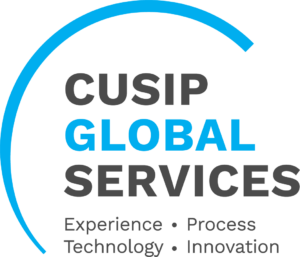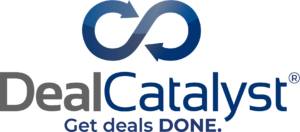April 30, 2020 - The Federal Reserve Board announced today that it is expanding the scope and eligibility of the Main Street Lending Program (“MSLP”). While the revised MSLP contains significant improvements and introduces an entirely new loan facility, some of the legacy provisions remain challenging and a number of new conditions may limit access to the facilities for certain types of borrowers. Please join us Friday morning at 11AM (ET) for a webinar where we will dive deeply into the new facilities and discuss what the new MSLP might mean for the loan markets. In the meantime, below we describe some of the important changes to the MSLP and some details about MSLP that were not previously included. (You can also access the Fed’s extensive FAQs here).
What Loan Facilities are available under the revised MSLP? There are now three loan facilities under MSLP. The Main Street New Loan Facility will provide secured or unsecured loans of up to $25MM to an Eligible Borrower (with a minimum of $500K, down from the original $1MM). A new facility, the Main Street Priority Loan Facility (“MSPLF”) will also provide up to $25MM to Eligible Borrowers who have higher leverage than borrowers who are eligible for the MSNLF. The third facility, the Main Street Expanded Loan Facility (“MSELF”) will increase an Eligible Borrower’s existing facilities by providing an “upsize” tranche of between $10MM and $200MM (an increase from $150MM from the original MSELF).
Are there additional Eligible Lenders? The new MSLP adds U.S. branches or agencies of a foreign banks. Private loan funds continue to be excluded from the MSLP but the Fed noted that it is considering expanding the list of Eligible Lenders. Importantly, MSELF allows Eligible Lenders to upsize a multi-lender facility in which non-eligible lenders participated.
Did the definition of Eligible Borrower change under the new MSLP? Yes. Subject to affiliation rules described below, Eligible Lenders can have 2019 revenues of up to $5B, up from $2.5B or (not and) up to 15,000 employees (up from 10,000 employees). The borrower must still be a U.S. company but cannot be an “Ineligible Business” as listed in 13 C.F.R. § 120.110 (b)-(j) and (m)-(s).
What is the new affiliation limitation? Critically, the Fed added an affiliation restriction to the MSLP facilities. A business’s employees and 2019 revenues are calculated by aggregating the employees and 2019 revenues of the Business itself with those of the Business’s affiliated entities. The affiliation test mandates that entities are affiliates of each other when one controls or has the power to control the other, or a third party or parties controls or has the power to control both (whether or not that power is exercised). This new condition, similar to the PPP rules, may exclude from eligibility many private equity-owned portfolio companies.
How will 2019 EBITDA be calculated? Lenders may use adjusted EBITDA. For MSNLF and MSPLF, adjusted EBITDA for an Eligible Borrower must be a methodology a lender previously used for adjusting EBITDA when extending credit to the Eligible Borrower or to similarly situated borrowers. For MSELF Loans, the methodology must be that which it previously used for adjusting EBITDA when originating or amending the underlying loan.
Did the Reference Rate for the MSLP loans change? Yes. The reference rate for all the loan facilities is LIBOR rather than SOFR. Facility loans should include “fallback contract language” should LIBOR become unavailable.
What is new about the term, amortization and interest rate payments? All the loans under the MSLP continue to have a four year term. Payment of interest is deferred (but capitalizes) for one year. There is no amortization during the first year, and 15% of the principal is payable on each of the second and third anniversaries of the loan with the remaining 70% payable upon maturity. Please join us on May 1st at 11AM (ET) for a more comprehensive analysis of the new MSLP.





